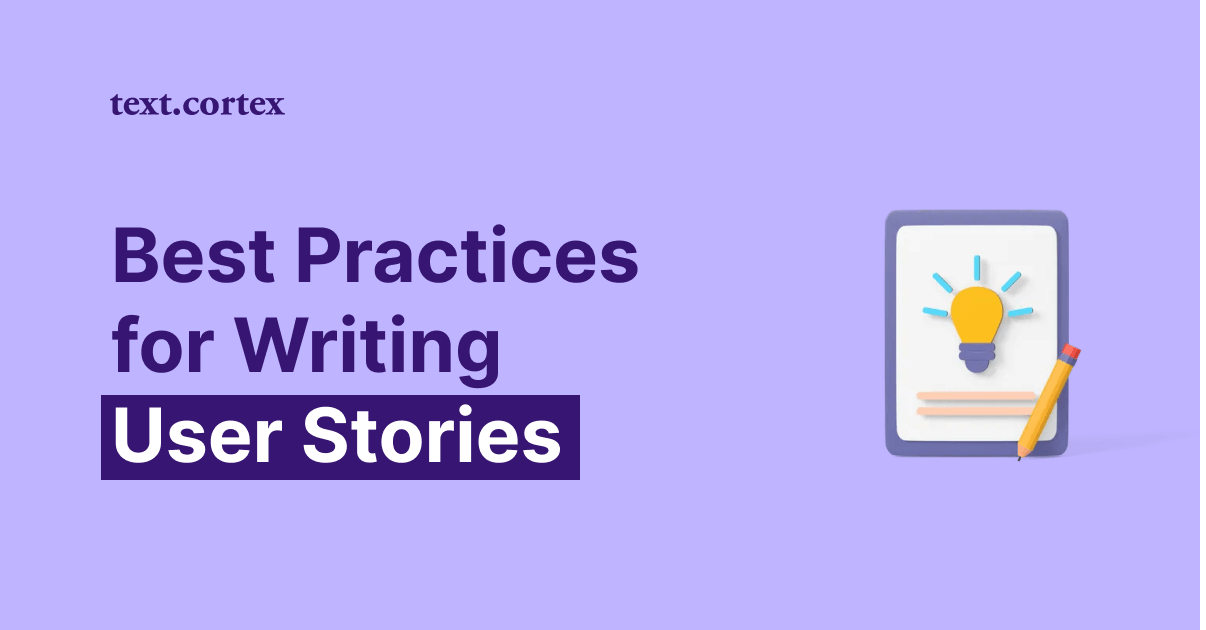Influencing and making others adopt a particular point of view through persuasive writing is crucial when it comes to selling.
Compelling arguments are essential for all types of writing, including persuasive emails, social media posts, and argumentative essays.
And, writing a persuasive paragraph is one of the best ways to accomplish this.
In this article, we'll discuss 6 essential steps to write a persuasive paragraph, with examples for each, so you can see how they all fit together.
Using the strategies described here, you can write a strong paragraph that persuades your audience to support your viewpoint.
So, let's dive in!
6 Steps To Write a Persuasive Paragraph In No Time
A persuasive paragraph is a paragraph focused on persuading the reader to share the author's opinion.
It clearly presents an idea or argument and backs it up with supporting data, sound reasoning, and persuasive language.
What is that important?
A persuasive paragraph aims to persuade the reader to follow a particular course of action or adopt a specific viewpoint.
Effective paragraphs employ various persuasive strategies, including evoking the reader's emotions, employing rhetorical devices, and offering solid evidence to support the claim.
Now let’s find out how to accomplish this.
1. Know Who You Are Talking To
Knowing your reader is essential when writing any kind of persuasive piece.
You can improve your chances of persuading your audience to agree with your point of view by studying the following 4 elements — demographics, knowledge about the subject, emotions and beliefs.
Let’s briefly go over each of these elements.
1. Demographics
To begin with, consider the demographics of your audience.
- How old are they?
- How about gender?
- Where do they stand in terms of income, education, and profession?
By responding to these questions, you can better understand the social and cultural variables influencing your audience's worldview.
2. Knowledge
The background knowledge and experience of your audience should also be taken into account:
- What is your audience's familiarity with the subject you're covering?
- If so, what are their current views on the issue?
This will enable you to determine the level of complexity and detail you should employ when presenting your argument.
3. Emotions
In addition, consider the emotional factors that may influence your audience.
- What do they worry about?
- What do they hope for?
- What drives them to act or to shift their perspective?
Understanding these emotional factors can help you craft a persuasive argument that speaks directly to their needs and desires.
4. Beliefs
Finally, think about the values and beliefs that your audience holds.
- How do they define right and wrong?
- In what ways do they identify politically or religiously?
Understanding these values and beliefs will help you craft an argument that aligns with their worldview and resonates with them deeper.
Even though this looks tedious and time-consuming, the truth is — it doesn’t have to be.
There are many free tools, social media sites, and forums available today that can give you a lot of information about your intended audience.
For instance, AnswerThePublic is a fantastic resource for unfiltered information on how and what questions people are asking (per country).
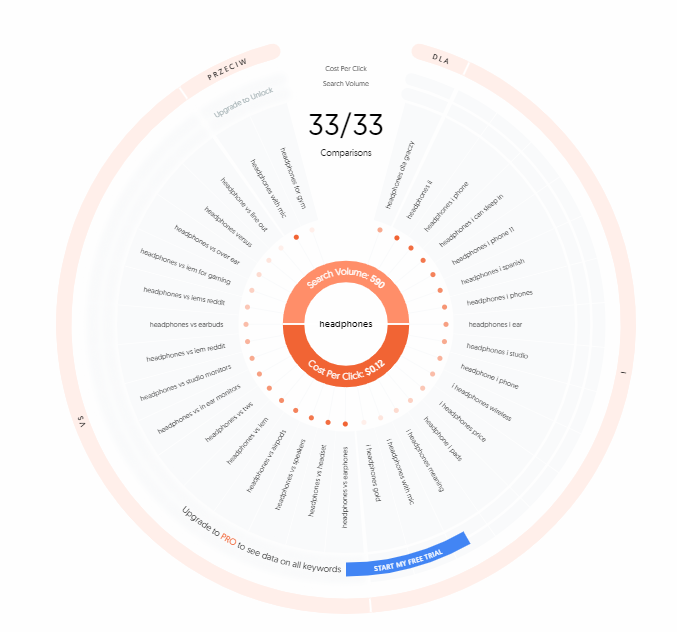
You can make your persuasive paragraph more effective by taking the time to understand your audience's needs and motivations.
This will strengthen your argument and raise the likelihood that your audience will accept your viewpoint.
2. Focus On Your Main Point
Step two in writing an effective persuasive paragraph is to zero in on your message's central argument.
Your aim should be to convey your argument or idea clearly and concisely without deviating from unrelated topics.
You can do this by choosing a powerful topic sentence.
The topic sentence should be a single, attention-grabbing sentence that summarizes your paragraph's main point.
Here is an example of a good topic sentence for an argumentative paragraph about recycling:
"Recycling is an essential practice that can help reduce waste and protect our planet."
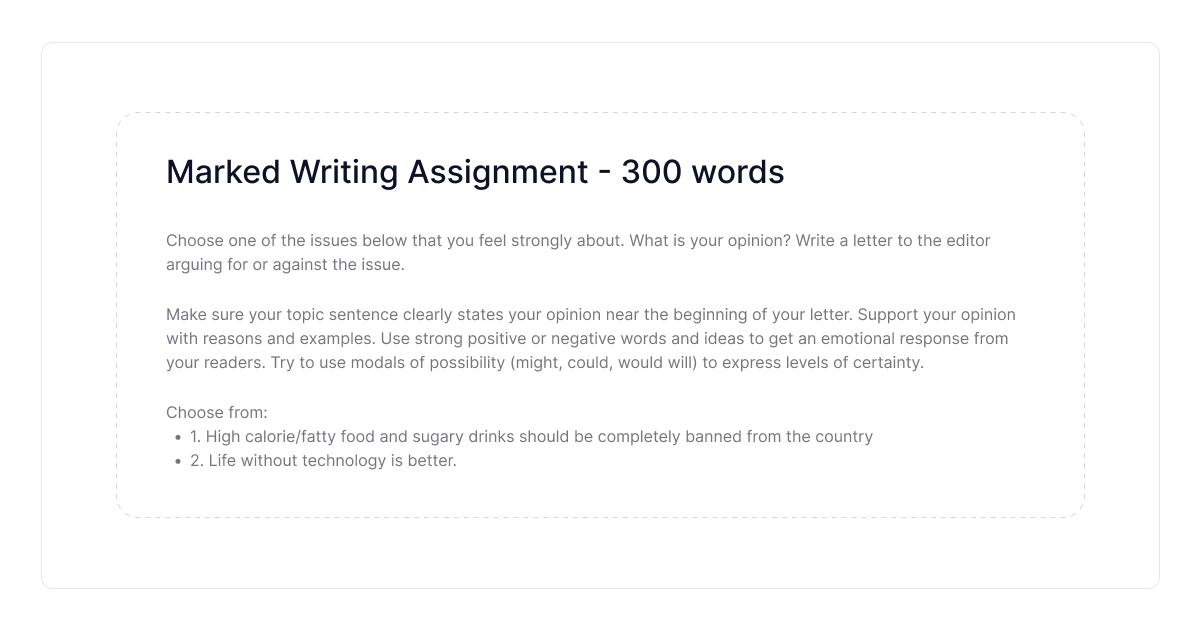
When you present your readers with a crystal-clear argument's main point, you can convince them to adopt your point of view.
Additionally, you are already halfway to writing a persuasive paragraph if you provide evidence to support your main point.
In that spirit, let's move to step number 3.
3. Provide Supporting Evidence
After making your main point, support it with relevant examples and details.
The evidence you present should support your claims and convince the reader of what you offer as your primary argument.
You can achieve this with various pieces of evidence, such as:
✔️ Statistics — They can provide concrete evidence to support your argument and make your point more convincing.
✔️ Expert opinions — If you can find a well-respected expert in your field who supports your point of view, their opinion can carry much weight with your readers.
✔️ Research studies — Find studies on the topic you're writing about, summarize them, and elaborate on how they support your main point.
✔️ Personal anecdotes — Your personal experience related to your main point is an excellent piece of supporting evidence that can help people understand you better while giving your argument more weight.
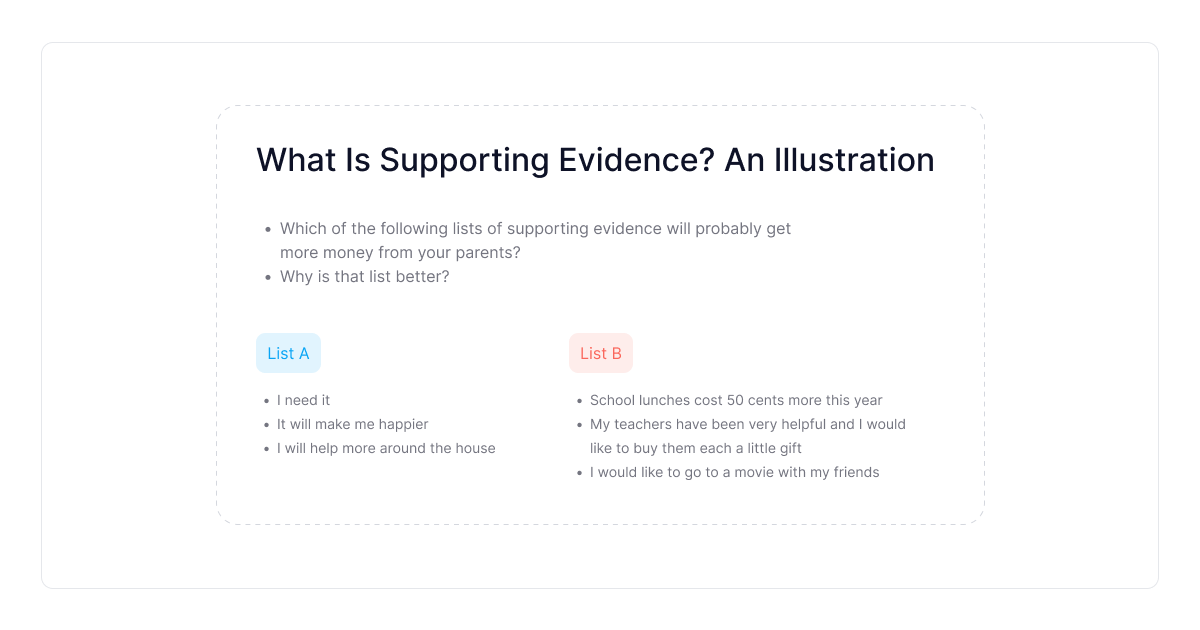
It's crucial to ensure that the supporting evidence you use in your persuasive paragraph is pertinent to your main point and strengthens your case.
Use credible evidence, cite your sources properly, and think about combining different types of evidence to strengthen your case.
4. Anticipate Counterarguments
While this may seem simple on the surface, have you ever considered what it is about commercials, agents, and content that actually convinces us to take action?
- A new take on old biases?
- Boldness?
- Or, perhaps, a straightforward counter argument that disproves them all?
By acknowledging and addressing potential objections, you can strengthen your argument and demonstrate that you've considered all sides of the issue.
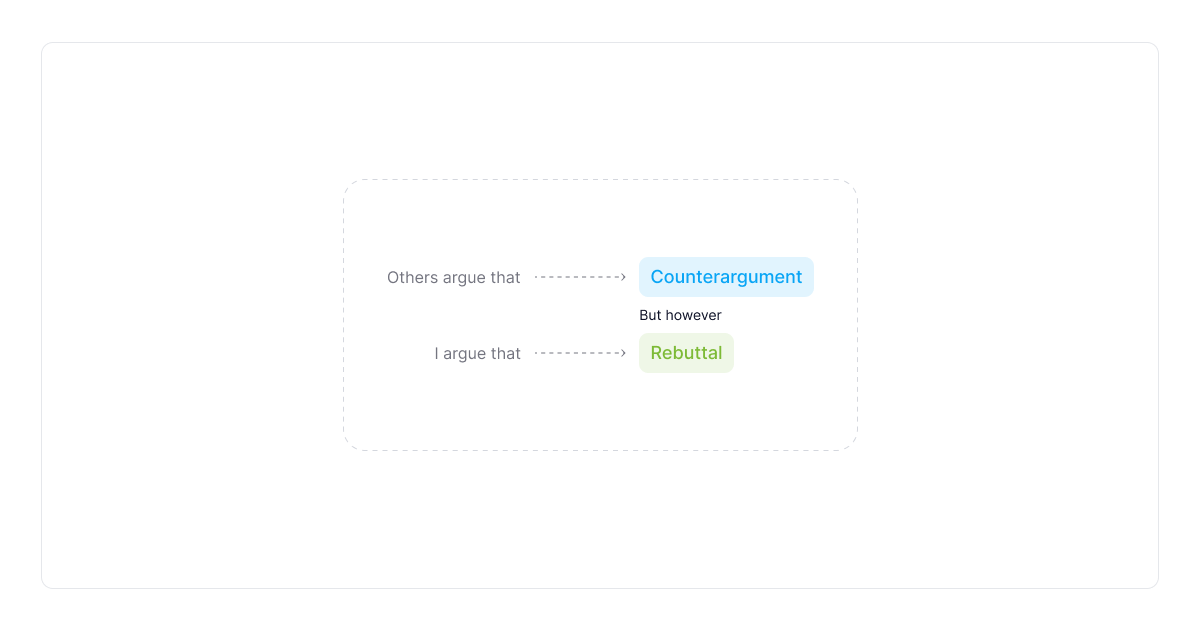
Anticipating objections requires thinking about the range of potential reader viewpoints and experiences.
- What possible counterarguments could they make to your position?
- In what ways might they disapprove?
Once you've identified potential counterarguments, you can address them in your paragraph.
A good strategy for doing so is to admit the existence of the opposing argument and then provide evidence to refute it.
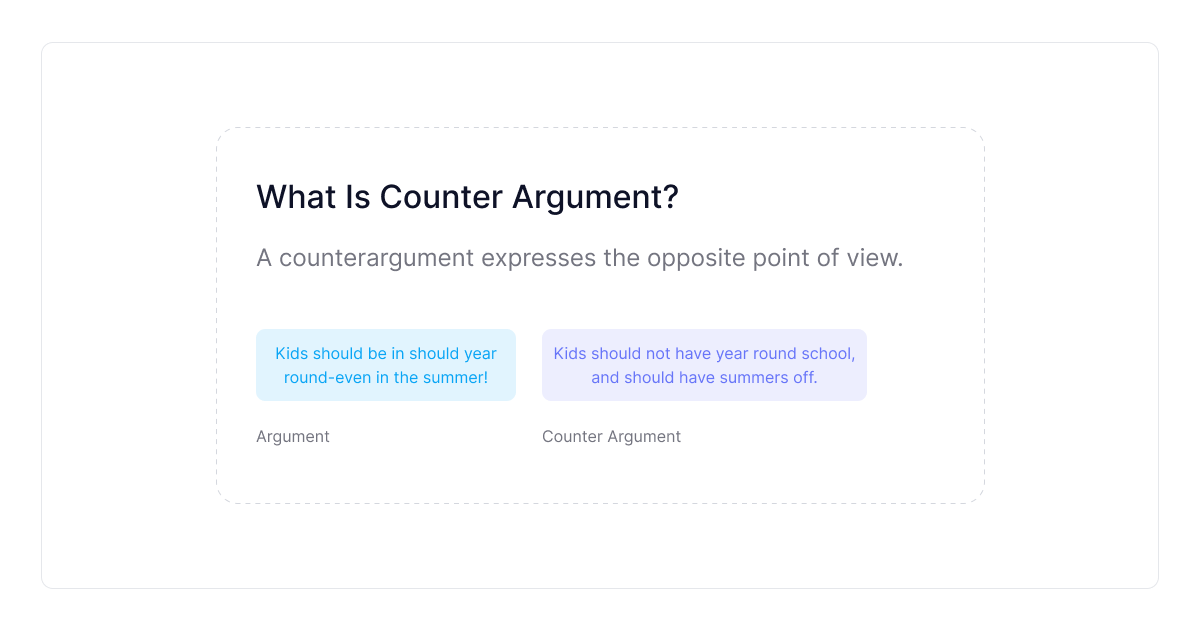
You can also prepare for potential rebuttals by responding to them before they are even made.
Prebuttal means responding to potential rebuttals before the reader has even brought them up.
You could say, "While some may argue that sweets are not good for health, most people can't imagine life without them."
5. Include Persuasive Language
When writing a persuasive paragraph, it's important to use language that is persuasive in nature.
This means using words and phrases that are intended to persuade the reader to agree with your argument or position.
And there are 3 ways to include persuasive language in your paragraphs:
1. Emotional Appeals
Emotional appeals are the most common form of persuasive language.
To do this, you need to employ language to make the reader feel something.
For instance, when writing an argumentative paragraph about environmental protection, you could use phrases like "We all have to protect the planet for future generations" to appeal to the reader's sense of responsibility.
2. Decisive Language
Using forceful and definitive language is another method of persuasive speech.
The key is to express your point of view in an assured and assertive way.
For instance, you could say, "We must take action to reduce our carbon footprint to save our planet" instead of, "I think we should consider reducing our carbon footprint."
3. Rhetorical Techniques
Paragraphs that use rhetorical devices like parallelism, repetition, and rhetorical questions are especially powerful.
You can reinforce your argument and make an impression on the reader by using catchy phrases like "This is the right thing to do" multiple times in your writing.
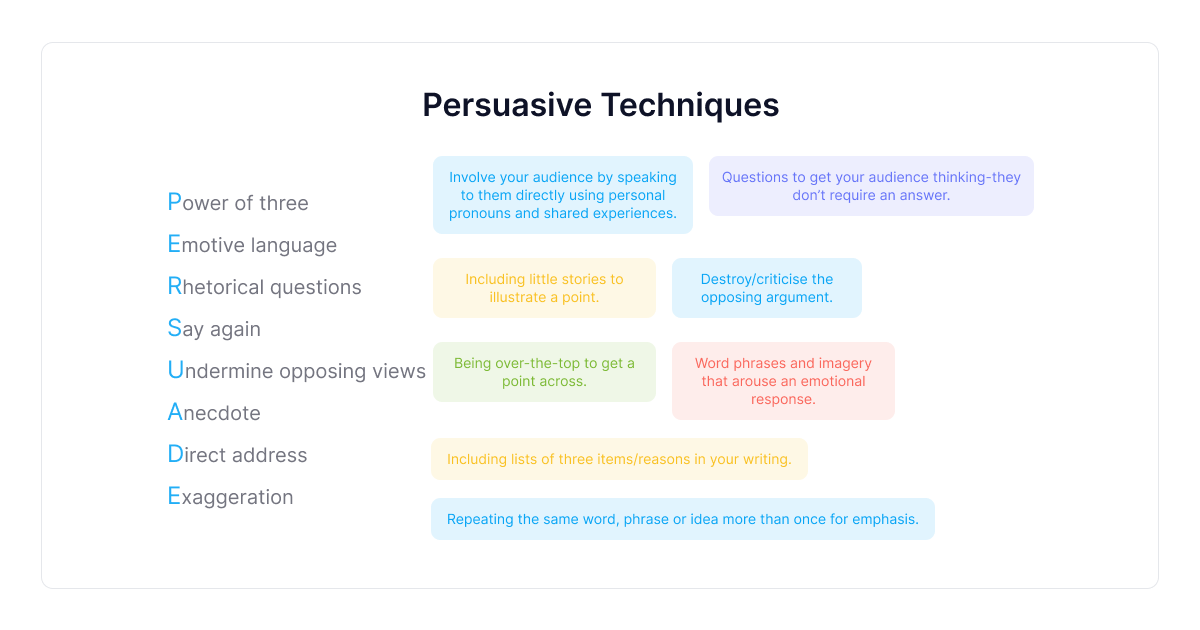
Though persuasive language can be powerful, it must be used ethically and not to manipulate the reader.
Always use genuine and honest language, and remember to back up your claims with evidence.
6. Write a Strong Concluding Sentence
Last, but not least, your concluding sentence should restate the paragraph's thesis and leave a lasting impression on the reader.
The goal of this sentence is to ensure that the reader has fully internalized your main point.
It's your last chance to impact the reader and drive home your point.
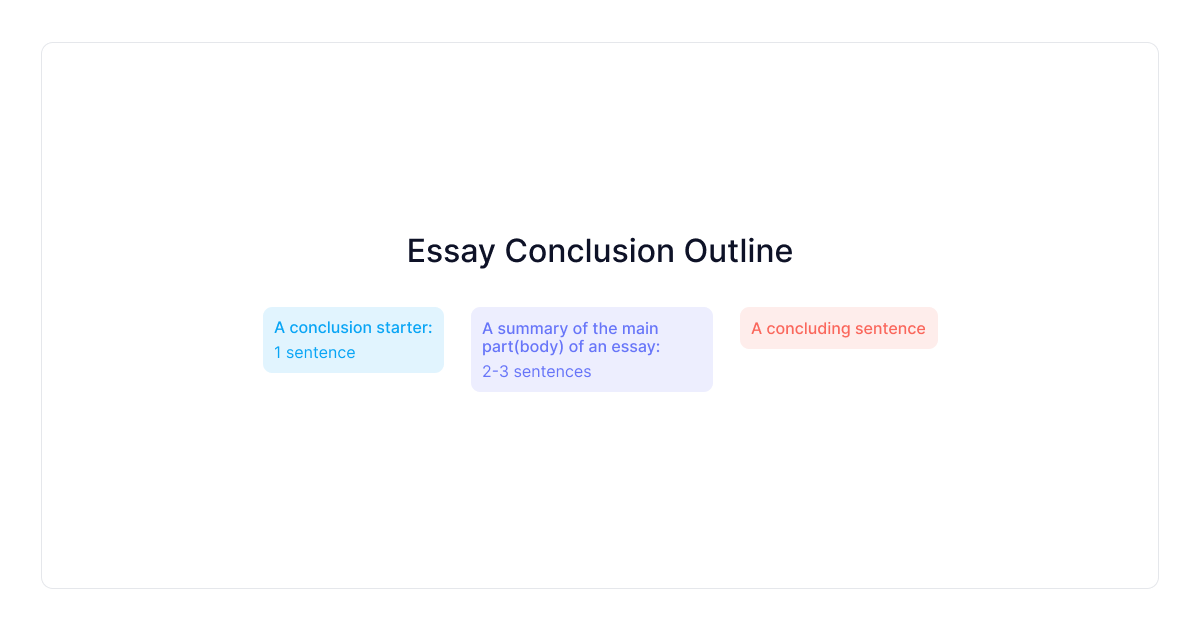
The following are some suggestions for crafting a convincing final sentence for your paragraph:
✔️ Restate your main point — Your conclusion should restate your main point. Restate it in a concise and compelling manner using different words or phrasing from the introduction or paragraph.
✔️ Summarize your supporting evidence — Briefly reflect on your key points to strengthen your case and leave a lasting impression.
✔️ Leave the reader with a call to action — Use the final sentence to inspire the reader to act or think further, such as "It's time to take action and make a difference".
✔️ End with a memorable phrase — A captivating phrase can leave an impression. To make your point, use memorable and powerful language.
✔️ Consider the tone — Your concluding sentence should match the paragraph's tone. Your paragraph's conclusion should be serious and informative. If it's funny, your ending can be too.
Use TextCortex’s Chrome Extension to Write a Persuasive Paragraph
You can persuade others to see things from your perspective by writing a persuasive paragraph.
And by following these six key steps, you can quickly start writing persuasive paragraphs for any piece.
However, despite the simplicity of these procedures, it will take practice to become fluent and creative in all situations.
And, how about learning to write an argumentative paragraph with the help of an AI system that can persuade readers to share your point of view?
Please say hello to the TextCortex extension.
What is TextCortex?
TextCortex is an AI-based writing solution that uses machine learning and an extensive data library to increase the precision of its models.
It can help you write any type of content in over 10 languages, including French, German, Romanian, Portuguese, and more.
TextCortex Features
Rewriting toolbar —The TextCortex add-on lets you rewrite, expand, summarize, change the tone, convert bullets to email, and more.
Creator Suite — TextCortex add-on offers over 60 AI templates for various content formats organized by category.
Zeno Chat — Conversational AI model that will generate your content while having a chat with you.
Furthermore, the TextCortex add-on extends your writing capabilities by giving you access to features like:
🤖Readability checker—assess content readability.
🤖Zeno mode—TextCortex writes almost anything from your random thoughts.
🤖Content brainstorming—press CTRL+SHIFT+K on your keyboard.
How to Start Using It?
✔️Install this extension in Google Chrome.
✔️Make a new profile (no credit card info is required).
✔️Explore TextCortex on 2000+ online platforms with 10 free daily creations.
Tempted to give it a try?
Claim your freemium plan today and start writing persuasive paragraphs like a pro right away!

![6 Steps To Write a Persuasive Paragraph [+ Examples]](https://textcortex.com/cdn-cgi/image/format=avif,quality=90/https://assets-global.website-files.com/622611a2b23d0e6b270fba81/64442b6a2666ca8d4279db01_how-to-write-a-persuasive-paragraph.png)


